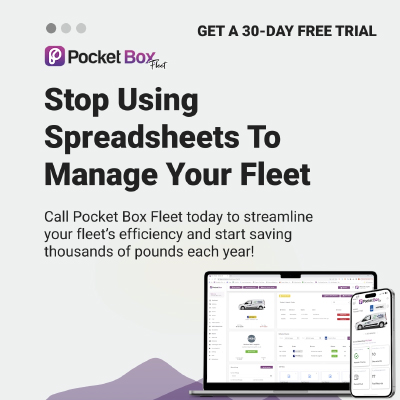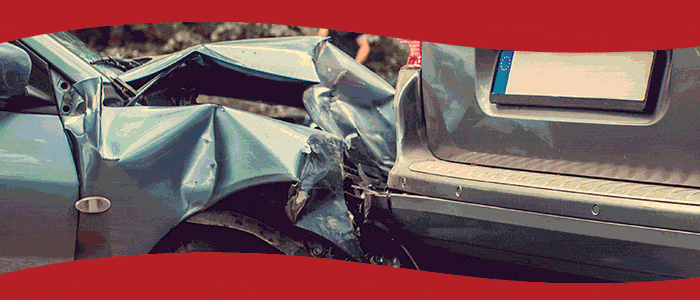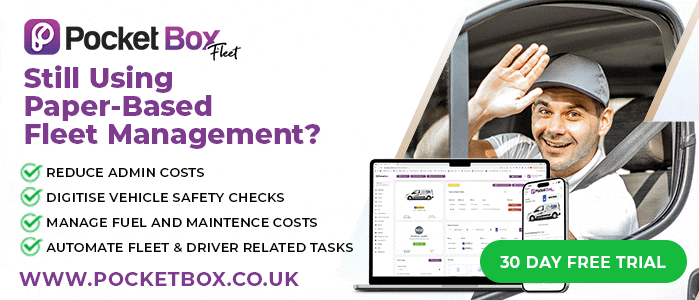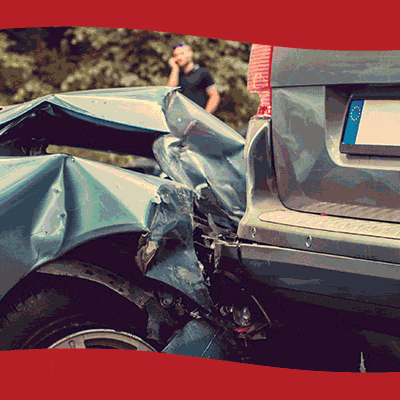With 20 million Brits actively searching for a new job[i], and the UK facing a shortage of professional drivers, HGV recruitment specialists Driver Hire Training have given their insights on how to join the industry, and the benefits of becoming a commercial driver.
Whether it’s obtaining your C1 licence and embarking on a career in delivery driving, completing your ADR training to drive dangerous goods, or passing your HIAB certificate to drive lorry mounted cranes, your HGV licence is the best place to start, and allows for great career progression.
Getting Qualified
To become a professional HGV, bus or coach driver, Richard Owen-Hughes, marketing director at Driver Hire Training says there are some initial steps you’ll need to take.
Advertisement
“Firstly, you will need to be in possession of a full car driving licence and must also be over the age of 18.”
He adds, “to become qualified and drive a large goods vehicle commercially you must undergo a series of tests, usually split out into four modules, including your Driver CPC training online or in person, which needs to be retaken every five years to ensure you remain compliant.”
Once you’ve passed, you’ll gain your DQC, Driver Qualification Card, a legal requirement for professional LGV and PCV drivers.
Application Process
Once you’ve completed your training, you can now gain your LGV licence.
Richard explains “Firstly, you must attend a medical assessment to classify as safe to drive, before applying for your provisional licence of the vehicle you want to drive. For those who have medically restricting licences it must be renewed every 5 years”
Then, you’ll undertake the four tests to gain your licence and Driver CPC, detailed below:
- Theory Test
- Case Study
- Practical Exam
- Practical Demonstration
Once completed, you can apply for a mandatory digital tachograph card, a card to store information about your daily work as a driver.
Advertisement
Now You’re Qualified
Once you receive qualification rights, you will need your DQC before legally being able to hit the road. Richard warns “Other than passing your Driver CPC and waiting for your card in the post, if you drive without possessing your DQC, you can be fined up to £1,000.”
After 5 years, you must refresh your CPC training periodically to keep driving professionally.
Fees
To get started, your application for a professional HGV licence is free.
The cost of the training may vary, depending on which provider you go with, and which Driver CPC courses you take. That said, HGV training doesn’t have to be prohibitively expensive, especially if you opt for a fast-track route, which will get you on the road in a matter of weeks for a competitive price and means you can start earning quicker.
Finance options are also common with providers if you would like to split the cost.
Career Opportunities
Advertisement
Should you want to progress your career and drive other, more advanced vehicles, there are multiple opportunities for drivers to upgrade their licences in all kinds of vehicle groups.
Richard adds, “Progression opportunities in the HGV sector are huge once drivers complete their initial training. For those wanting to drive the largest vehicles on the roads, additional licences are required, but are widely accessible.”
“HGV drivers have the freedom of trialling different occupations and vehicles, to find what they enjoy most. We often see new drivers go on to obtain new licences and work in different industries.”
He explains “For example, once a driver has received their HIAB qualification, they can operate a lorry-mounted crane, allowing you to work loading and offloading a range of goods in a variety of environments.”
[i] https://employernews.co.uk/news/linkedin-reveals-the-fastest-growing-jobs-in-the-uk-as-20-million-brits-consider-changing-jobs-in-2023/





















